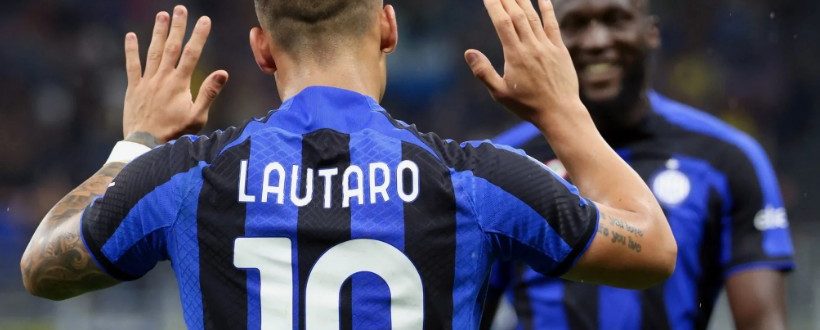Analysis of Inter’s Latest Match: Key Moments and Tactical Decisions
Inter Milan’s latest match provided an intriguing spectacle, showcasing both tactical astuteness and moments of brilliance. This article delves into the key moments of the game, analyzing the strategies employed by the coach, the execution by the players, and how these elements influenced the outcome.
Pre-Match Setup and Tactical Approach
Before the match, Inter’s coach laid out a well-defined tactical plan, opting for a flexible formation that could shift between a 3-5-2 and a 5-3-2 depending on the flow of the game. The emphasis was on controlling the midfield while maintaining a solid defensive line. The choice of personnel reflected a balance between experience and dynamism, with key players positioned to exploit the opposition’s weaknesses.
The wing-backs were crucial in this setup, tasked with both supporting the attack and reinforcing the defense when needed. This dual responsibility required precise timing and stamina, as the players had to transition quickly between offense and defense.
First Half: Dominance and Missed Opportunities
Inter began the match with a high-intensity press, immediately putting pressure on the opposition’s defense. This strategy was effective in disrupting the opponent’s buildup play, forcing them into mistakes that Inter sought to capitalize on. The midfield trio was instrumental in this phase, recovering possession and distributing the ball with efficiency.
One of the key moments in the first half was a missed opportunity in the 23rd minute. A well-orchestrated passing sequence saw Inter break through the opponent’s defense, but the final shot was saved by the goalkeeper. This moment highlighted both Inter’s creative potential and the fine margins that often determine the outcome of matches.
Despite dominating possession and creating several chances, Inter was unable to convert these into goals, a recurring theme in the first half. The lack of clinical finishing in the final third was a concern, as it allowed the opposition to remain in the game despite being outplayed for large stretches.
Second Half: Tactical Adjustments and the Turning Point
The second half saw a shift in dynamics, with the opposition making adjustments to counter Inter’s dominance. In response, Inter’s coach made several tactical changes, including a substitution that brought fresh energy into the midfield. The introduction of a more creative playmaker added a new dimension to Inter’s attack, allowing for more direct runs towards goal.
A critical turning point came in the 65th minute when Inter’s pressure finally paid off. A quick transition from defense to attack caught the opposition off guard, leading to a well-taken goal. This moment was a testament to the effectiveness of Inter’s pressing game and the tactical flexibility of the team.
Following the goal, Inter shifted to a more conservative approach, aiming to protect their lead while still posing a threat on the counter-attack. The defensive line, led by the center-backs, held firm against the opposition’s attempts to equalize, showcasing the team’s resilience and organization.
Key Players and Their Impact
Several players stood out during the match, both in terms of their individual performances and their contribution to the team’s overall strategy. The central midfielders were pivotal, controlling the tempo of the game and dictating the flow of play. Their ability to win back possession and launch attacks was crucial in maintaining Inter’s dominance.
The wing-backs also played a significant role, constantly pushing forward to support the attack while remaining disciplined in their defensive duties. Their work rate and positional awareness were key factors in Inter’s ability to stretch the opposition and create space in the final third.
The goalkeeper’s performance, particularly in the closing stages of the match, was another highlight. With the opposition pushing for an equalizer, the goalkeeper made several crucial saves to preserve Inter’s lead, demonstrating composure and sharp reflexes under pressure.
Conclusion: Tactical Mastery and Room for Improvement
Inter’s latest match was a display of tactical mastery combined with moments of individual brilliance. The team’s ability to adapt to the flow of the game and make decisive changes at critical moments was key to their success. However, there remains room for improvement, particularly in converting chances and maintaining consistency throughout the match.
As Inter continues its campaign, the lessons learned from this match will be invaluable in refining their approach and ensuring they capitalize on their strengths while addressing any weaknesses. The balance between tactical discipline and creative freedom will be crucial as they face tougher challenges ahead.

